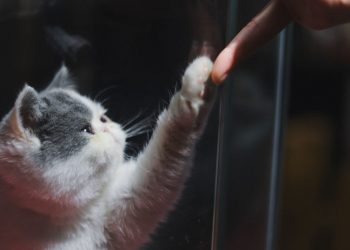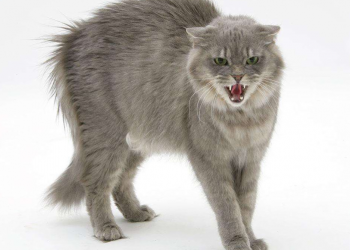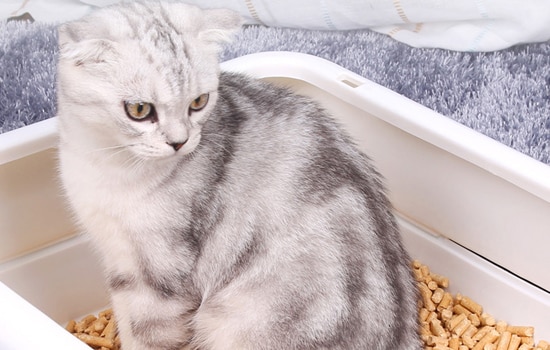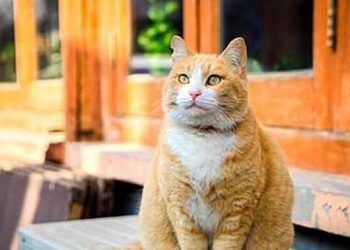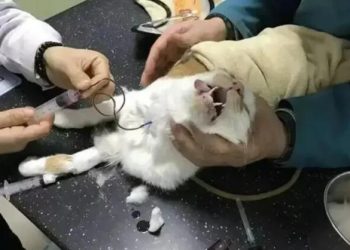To develop a kitten’s personality, it is necessary to initially master the kitten’s personality
Understanding the cat’s personality helps to build and consolidate the relationship between humans and cats. The personality of each cat is not exactly the same, some cats like to exercise, some cats are lazy, some cats like to be close and coquettish with their owners, some cats do not like their owners to touch and hug them too much, and some cats like to be close to their owners. Cats like ball toys, and some hats are interested in toys like birds. Knowing the cat’s personality, you can take targeted measures to enhance the relationship between you!
How to develop cat personality
Training a cat requires utilizing the cat’s conditioned reflexes. When training cats, the commands and gestures issued by the owner, the cat does not understand its real meaning, but makes the cat develop a habit through training. That is, when the cat hears a certain password and sees a certain gesture, it will act accordingly.
1. Force
Coercion refers to the use of mechanical stimuli and threatening commands to force a cat to perform movements accurately and smoothly. When training the cat to lie down, the trainer puts the cat down with his hand while issuing the “lie down” command, forcing the cat to lie down. After repeating this several times, the cat will soon be able to form a conditioned reflex to lie down. .
2. Induction
Induction refers to a means of inducing a cat to act with delicious food and the actions of the trainer. For example, while issuing the “come” password, the trainer shakes a piece of food the cat likes in front of it, but does not give it to the cat, and keeps issuing the “come” password while backing away. In this way, the cat will follow the lure of the food, and will soon form a conditioned reflex. The induction method is most suitable for kittens.
3. Rewards
Reward refers to the means taken to reinforce the correct action of the cat or to consolidate the preliminarily formed conditioned reflex. Reward methods include food, caress, and praise. To be effective, reward and forcing must be used in combination, starting by forcing the cat to do the right thing each time, followed by an immediate reward. With the deepening of training, reward after completing some complex actions. In this way, the reward can be fully utilized.
4. Punishment
Punishment is a means used to deter improper movements or abnormal behavior of cats, including reprimands, taps on the head and neck, etc. The degree of punishment should be based on the specific situation and the cat’s temperament, and the cat should not be overly startled by beating the cat’s head and pulling its tail excessively. The use of punishment should also be minimized during training to prevent cats from feeling fearful and tired of training.
How to develop a kitten character? Is your cat grumpy?
Specific steps to develop cat personality
1. Start training from kittens. At this time, cats are most active, curious, and interested in anything new. Therefore, it is most suitable for training at this time, and it is also more suitable for training, and lays the foundation for future improvement.
2, master the timing of training. The best time to train cats is before feeding, because hungry cats are willing to be close to people and are more obedient, and the food is attractive to cats, making it easier to train.
3. The organic combination of various stimuli. To organically combine all kinds of stimuli and means, we must neither be tough nor let them be free. However, when training a certain action, too many methods should not be used, so as to avoid the cat being at a loss.
4. Be kind and patient. Cats are stubborn, have strong self-esteem, and are reluctant to listen to others. So, be kind, like playing with a cat. Even if you do something wrong, don’t reprimand or punish too much, otherwise the cat will have an aversive reflex towards training that will affect all training sessions.
5. It should be done gradually, and it should not be too hasty. Only one action can be taught at a time, and several exercises must not be carried out at the same time. It is difficult for cats to learn many movements at once. If they do not do well all the time, it will also make the cat lose confidence, cause the cat to be bored, and bring difficulties to future training. Each training time should not be too long, no more than 10 minutes, but you can train several times a day.
6. Rewards and punishments should be clearly defined in training. For those who complete the action requirements, they will be rewarded with a small amount of delicious food, and they can also be gently stroked with their hands to show praise; those who do not obey the command or fail to complete the action requirements should be given appropriate reprimands as punishment.
7. The training environment should be quiet. During the whole training process, a special person must be in charge, and several people should not train at the same time, so as not to distract the cat’s attention. The movements of the training should not be too sudden or make a loud noise, because the cat is very sensitive to loud noises or sudden movements, so as not to scare the cat away, hide, and be unwilling to accept the training.

